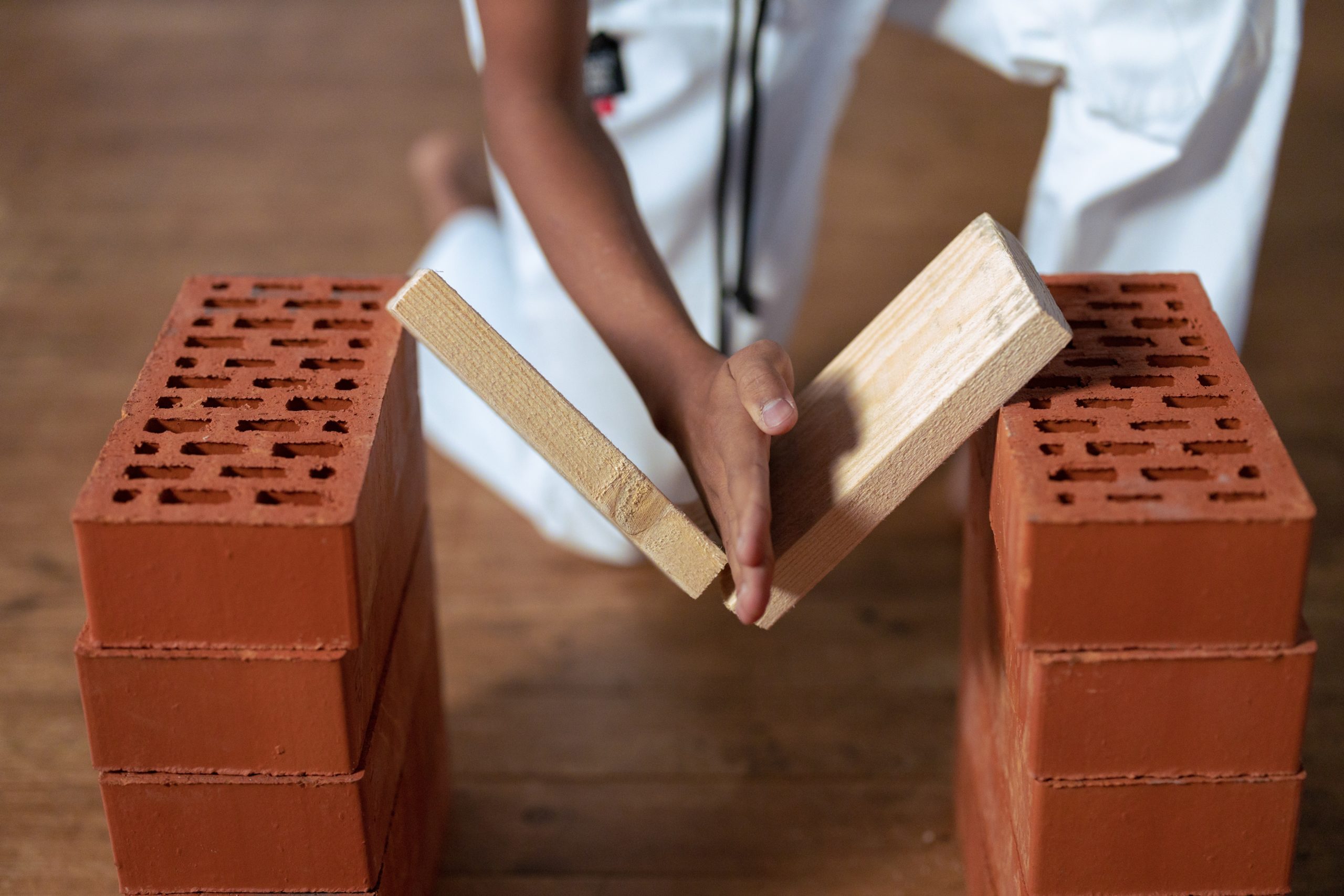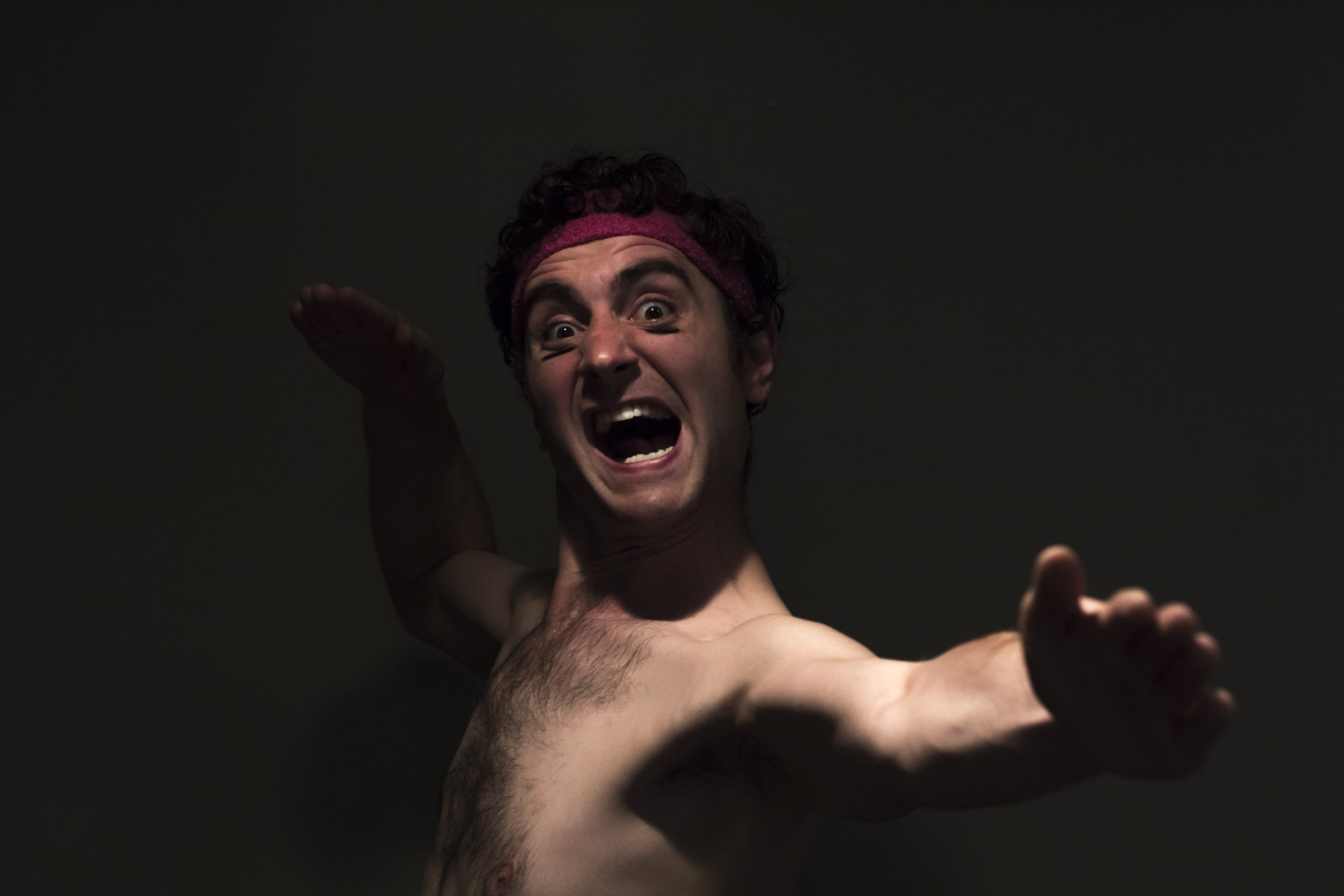HONOLULU—Since the dawn of professional surfing, the emphasis has been on big waves. But that may be changing as the upstart Manini Micro-Wave Invitational, based in Hawaii, offers a staggering $25 million first prize for the best ride in waves with heights under 4/100ths of an inch (less than 1 millimeter high).
Surf analysts agree that the skill level to surf such small waves will have to be extraordinary, even for the best of the best, like 11-time world champion Kelly Slater. Considered by many to be the greatest of all time, Slater’s fast, acrobatic style will be very difficult—if not impossible—to pull off. Howard Bhagavan, a physicist at the University of Hawaii, says, “The lack of momentum imparted from such a small volume of water will make even just standing up extremely challenging, and may make aerial maneuvers like 540s and 720s practically impossible by the laws of physics.” But Bhagavan, who is also an amateur surfer and has followed pro surfing for the better part of half a century, says that Slater’s technical precision and fluidity, along with his intense competitiveness and seemingly endless ability to innovate, shouldn’t be underestimated. He says he wouldn’t be surprised to see Slater pull off a floater (where the surfer appears to float on the crest or lip of the wave) on a micro-wave, though he notes that the judges will likely have to revert to instant replay from special cameras with telephoto lenses to see it. He also suggests that spectators get ultra-powerful binoculars to catch the action.
Brazilian surfer Rodrigo Koxa currently holds the world record for the biggest wave ever ridden, an 80-foot (24.4-meter) monster at Nazaré, in Portugal. Other surfers, such as Hawaiian waverider Jocko Laniakea, have reportedly conquered even larger waves, but those feats are not generally recognized as records because they can’t be confirmed. When asked what he thought about surfing a ripple not even visible to the naked eye, Laniakea, who has been riding waves since he was 3, shook his head and said, “Scary, bruddah.” But when told about the contest’s prize money, which is far and away the largest payout in the sport’s history, he quickly added, “I’m in.” Known for clowning around in and out of the water, he then took off his stainless steel divers watch and joked, “I guess if we’re now surfing in micro-waves, we shouldn’t be wearing any kind of metal, right?”
Contest officials said the Manini Micro-Wave Invitational is scheduled to occur every summer on Oahu’s North Shore—but only when conditions are right, with a maximum wave height of 4/100ths of an inch. The Eddie Aikau Big Wave Invitational, which started in 1984 and is also held on the North Shore, requires consistent waves with a minimum height of 20 feet. Because of that size requirement, The Eddie, as it is commonly known, has taken place only nine times during its nearly four-decade history. Bhagavan, the physics professor and amateur surfer, predicts that the micro-wave contest may be held even more infrequently than The Eddie. “The smallest of tides could generate a wave much bigger than 4/100ths of an inch,” he says, the thumb and index finger on his right hand seemingly touching each other to show how even that imperceptible space is enormous compared to the maximum wave height allowed. “So, I’d say that this event is going to be even rarer than once in a blue moon. In fact, I think it’ll be more like once in a no moon—and by that I mean there literally is no moon anymore.”




